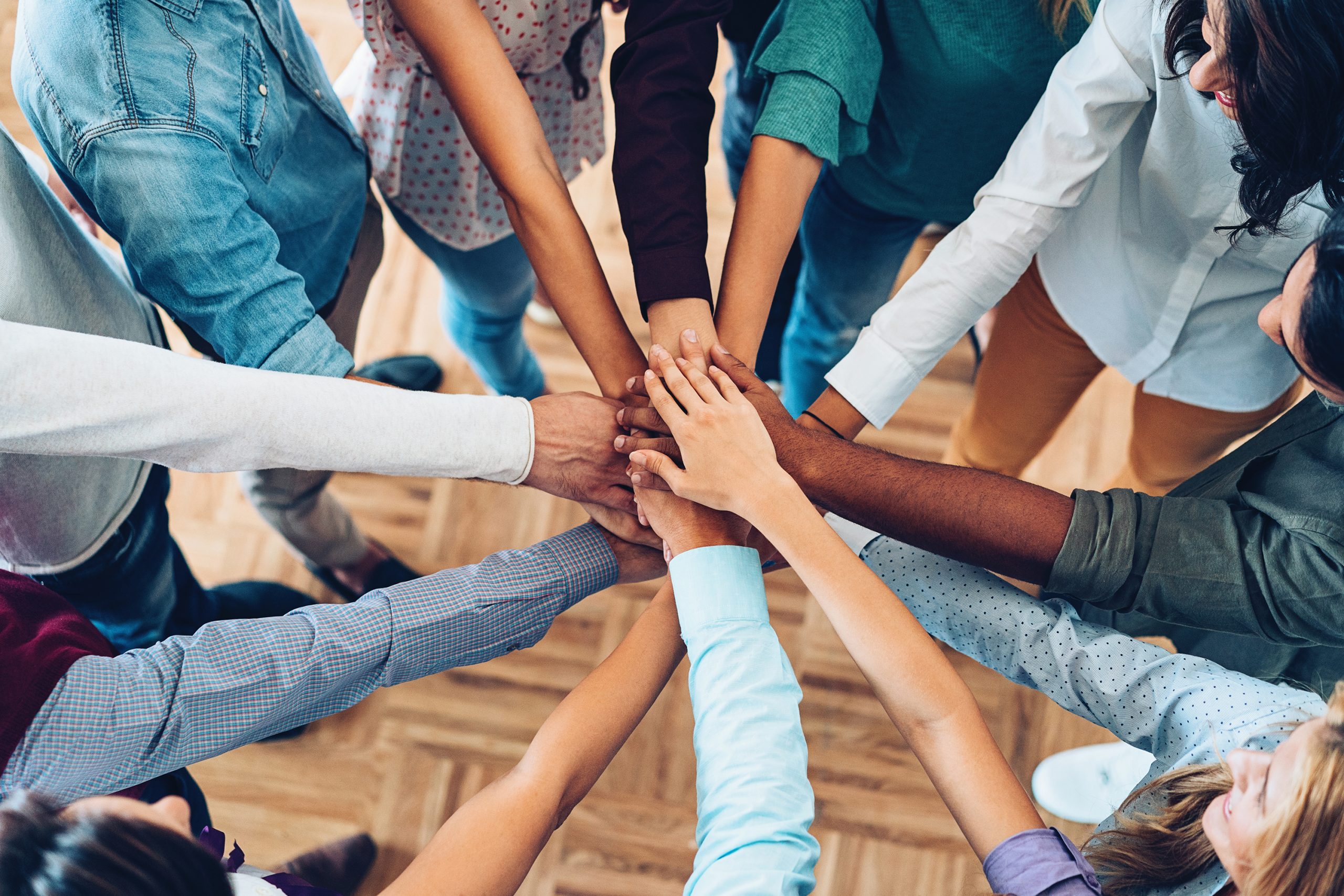
Philanthropy can encompass many activities—financial donations through a donor-advised fund, volunteering, using a company’s matching gift program, or even dropping off a hot meal to a sick neighbor. Most of the time, our role at the Community Foundation is to ensure our donors’ charitable activities follow IRS guidelines. But we know that granting to 501(c)(3) public charities is often just one part of an individual or family’s philanthropic picture.
In recent years, mutual aid networks have become increasingly popular. While most mutual aid groups are not tax exempt under Internal Revenue Code Section 501(c)(3)—meaning they aren’t eligible for grants from donor-advised funds—they’re an important piece of the philanthropic ecosystem.
A 2020 article by Nonprofit Quarterly describes mutual aid’s history and potential:
Mutual Aid is based on the idea that everyone has needs that should be met, and that everyone has something to offer to help meet others’ needs. Mutual aid activates everyone as part of the solution.
For some of us, mutual aid is something new that has become relevant only as a result of the novel coronavirus. For others, particularly those who live in marginalized communities, mutual aid has been a means of survival for decades. People experiencing material poverty, and other members of the working class, both employed and unemployed, have had to rely on family, neighbors, and friends to provide services such as childcare, eldercare, and transportation at little to no cost. Often, these services would be exchanged or bartered for similar services. A mother who works the third shift may rely on a friend to watch her children overnight and she may, in turn, watch that friend’s children after school.
There is a long history of mutual aid in the African American community. Due to racism and segregation, many Black people pooled their money to form mutual aid clubs to help bury the dead and provide support for widows and orphans. In some cases, mutual aid groups even provided financial services that were not otherwise accessible, providing personal and business loans and even creating savings clubs to build community institutions such as churches and schools.
Philanthropy typically focuses on charitable giving, seldom asking recipients to also contribute to the pool of available resources. Mutual aid roots itself in the notion that if we all contribute, we come closer to making sure that everyone’s needs are met. Mutual aid, in comparison to charity, is not just a transactional exchange, but also a much-needed exercise in being in community with one another.
We’ve seen incredible generosity over the last year. From mutual aid giving, COVID-19 emergency response funds, disaster relief response and recovery efforts, to nonprofit organizations supporting their communities – philanthropists have stepped up to meet the need. Our team is here to support you, however you choose to give back.
Kansas City Mutual Aid Resources:
Special thanks to Ed Whitfield, Sohnie Black, Alexandria Jonas and Marnie Thompson for their article, Beyond More: The Transformative Potential of Mutual Aid, published by Nonprofit Quarterly.
